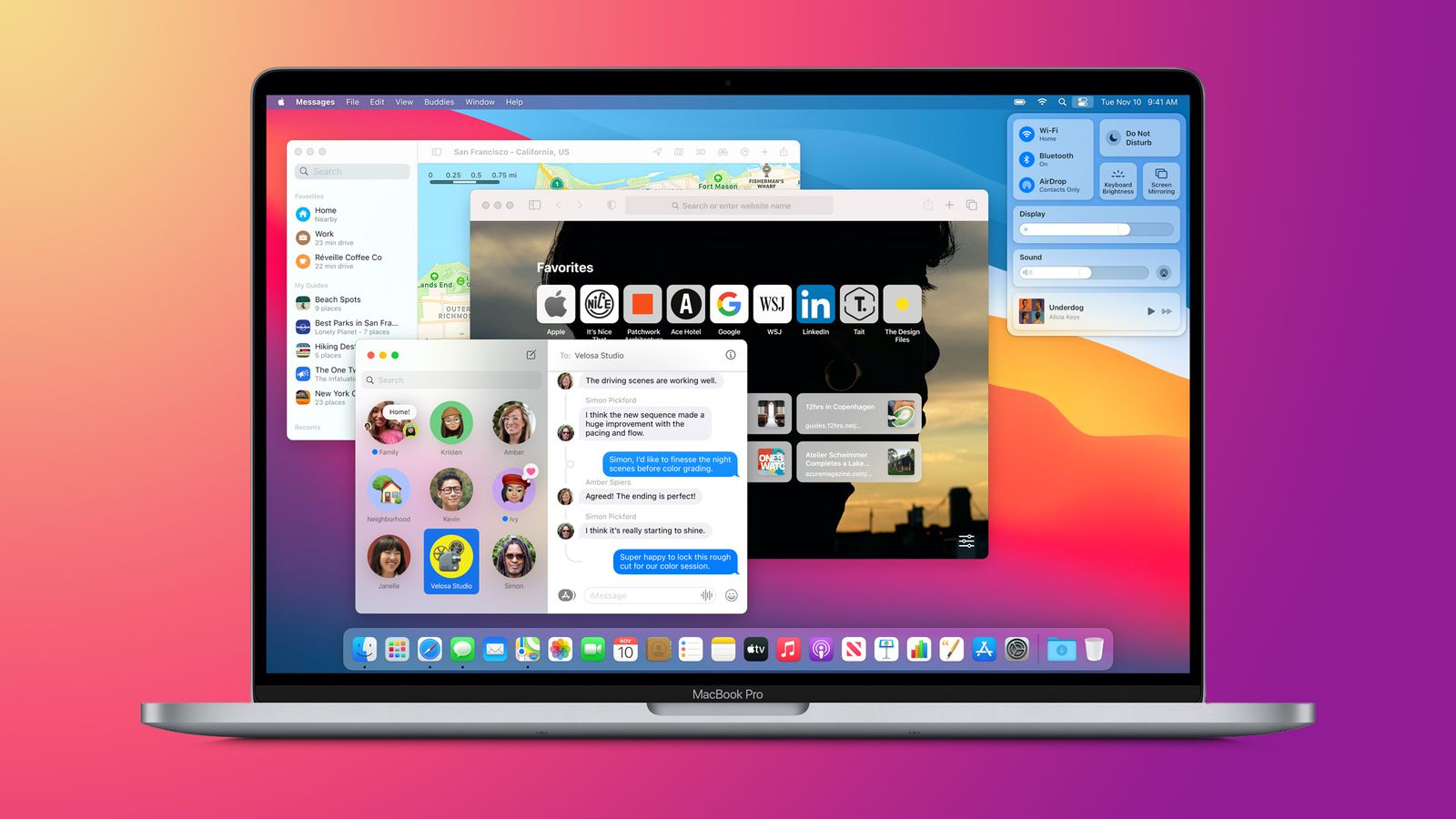yeah, Just An Idea. Mac OS
- 4App File Paths
- 5User File Paths
The 'classic' Mac OS is the original Macintosh operating system that was introduced in 1984 alongside the first Macintosh and remained in primary use on Macs until the introduction of Mac OS X in 2001. Apple released the original Macintosh on January 24, 1984; its early system software was partially based on the Lisa OS and the Xerox PARC Alto computer, which former Apple CEO Steve Jobs. This is the article you seek, devoted to Mac OS. Using the term Classic Mac OS is much more closely related to the Classic Environment for Mac OS X than the set of Macintosh operating systems that precede Mac OS X. So it is confusing to do that. Just move any in-depth content specifically on Mac OS X to Mac OS X. 204.42.22.216 01:25, 2 May 2006.

Purpose
This article gives the steps to install Jetbrains IntelliJ IDEA on macOS.
Optional
IntelliJ IDEA now comes with openJDK bundled.
Install
- Download
- Run installer
App File Paths
Toolbox
If using Toolbox to install the Jetbrains apps it installs them in a different location other than /Applications
User File Paths
Yeah Just An Idea. Mac Os X
Configuration Path
Caches
Plugins
Logs
Yeah Just An Idea. Mac Os 11
Configure Memory
If you're like me you may have several projects open simultaneously and find IntelliJ will use up the default 512-768 and crash. You can change the memory settings from the CLI.
- Copy the default rubymine.vmoptions file to your personal Preferences directory. Do not edit the files in the application, it will violate the application signature.
- OR if installed with Toolbox...
- Change Ownership of ridea.vmoptions file
- Edit the idea.vmoptions file
- Change the Xmx value to what you want.
- 1 or 2 GB should be good, but to really know I recommend enabling Show memory indicator in settings to see how much memory you're actually using.
- Restart IntelliJ Idea
Example
Force IntelliJ to Use JDK
If you want the IDE to run a specific (maybe newer) installed JDK instead of it's bundled version. This is usually not necessary.
- Create a idea.jdk file in your app preferences folder
- Add path to JDK
- Write and Quit
- Restart IntelliJ
Sources
Apple’s former head of Mac development, Jean-Louis Gassée, has said that Apple’s decision to switch to ARM processors for Macs will make it inevitable that higher-end Windows PCs will have to do the same.
This will in turn force Intel to start making their own ARM CPUs for use in Windows machines, he argues…
Gassée left Apple in 1990, but played an extremely influential role in the future of the Mac as the man who shelved the company’s plans to license macOS to other manufacturers. He makes his case in a blog post.
First, he says, there is every reason to believe Apple’s claims that ARM processors will offer more power and greater battery life.
According to Geekbench tests, A12Z performance matches or exceeds my MacBook Pro. Apple doesn’t disclose the TDP for the A12Z processor, but we can rely on an indirect number, the iPad Pro’s 18W power adapter output. This gives us an idea of what to expect from Apple Silicon in future Macs: Significantly lower TDP without losing processing power.
Next, throughput. Given what we see with today’s A12Z, one can’t imagine tomorrow’s Apple Silicon Macs providing less than a 25% throughput advantage against corresponding x86 PCs. Admittedly, these are speculative, broad strokes assumption for Apple Silicon Macs — think faster, svelter laptops actually lasting 10 hours on a battery charge. If not, once again, why bother burning the billions?
Microsoft will not be able to sit back and watch Apple take the lead with the most powerful PCs on the market, and nor will third-party brands making Windows machines.
This leaves Microsoft with a choice: Either forget Windows on ARM and cede modern PCs to Apple, or forge ahead, fix app compatibility problems and offer an ARM-based alternative to Apple’s new Macs. It’s a false dilemma, of course. Microsoft will forge ahead… with repercussions for the rest of the Windows PC industry.
Specifically, what are Dell, HP, Asus, and others going to do if Apple offers materially better laptops and desktops and Microsoft continues to improve Windows on ARM Surface devices? In order to compete, PC manufacturers will have to follow suit, they’ll “go ARM” because, all defensive rhetoric aside, Apple and Microsoft will have made the x86 architecture feel like what it actually is: old.
The company has made a half-hearted attempt to make Surface machines with ARM processors, but they didn’t run many apps, and weren’t a success.
Given that everyone will want ARM processors to run Windows, Intel will likewise have no choice.
This leaves Intel with one path: if you can’t beat them, join them. Intel will re-take an ARM license (it sold its ARM-based XScale business to Marvell in 2006) and come up with a competitive ARM SoC offering for PC OEMs.
Gassée hadn’t initially thought it possible for Apple to switch all its machines to ARM, but back in March said that TSMC had proven him wrong.
Ampere designs and sells high-powered ARM chips that compete with the Xeon processors used in cloud servers […] Ampere shows us that the ARM architecture can yield the class of chips a Mac Pro would need. And, as it happens, the chips are manufactured by TSMC, the same company that makes Apple’s Axx processors.
What’s your view? Do you think he’s right that Windows machines will switch to ARM? Or will Microsoft miss the higher-performance PC boat the way it did the mobile one? Please let us know your thoughts in the comments.
FTC: We use income earning auto affiliate links.More.